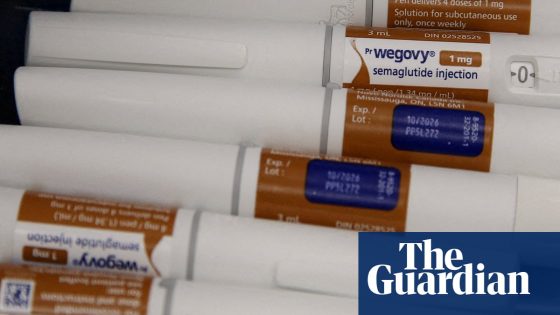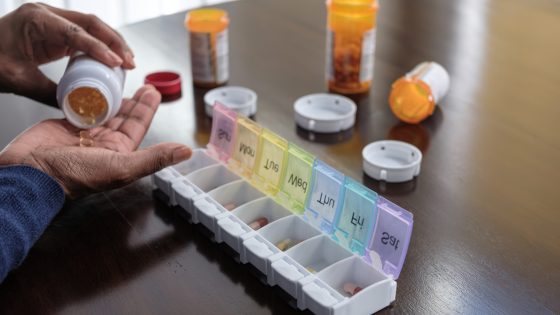Microplastics in food are a growing health concern, as recent studies reveal that even everyday actions can lead to contamination. A review published on July 3, 2025, highlights how simple tasks, like opening a plastic bottle or using a plastic chopping board, can release tiny plastic particles into our food.
- Microplastics contaminate food packaging usage.
- Common actions release microplastics into food.
- Ubiquitous presence of microplastics in humans.
- Health impacts of microplastics remain unclear.
- Reusable plastics shed more microplastics with use.
- Ultra-processed foods contain higher microplastic levels.
The research, led by biologist Lisa Zimmermann, indicates that food packaging is a significant source of microplastics, with 96% of studies showing their presence in various food contact materials. As microplastics become more pervasive in our diets, understanding their health implications is crucial.
What does this mean for our health? The presence of microplastics in food raises questions about their long-term impact on human health. While research is ongoing, it’s clear that reducing exposure is essential. Here are some recommendations:
- Opt for glass or stainless steel containers instead of plastic.
- Minimize consumption of ultra-processed foods that may contain higher microplastic levels.
- Wash reusable plastic items less frequently to reduce microplastic shedding.
As research continues, it’s vital to stay informed and consider alternatives to plastic packaging. Taking proactive steps now can help safeguard your health in the future.










![[Adobe Stock]](https://news.faharas.net/wp-content/uploads/2025/07/Ketogenic-Diet-Boosts-Brain-Blood-Flow-by-22-and-BDNF-560x315.jpg)






















